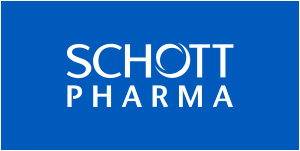Syringes have played a vital role in administering parenteral therapies, and in helping to ensure such therapies are microbially sterile and free of contaminants. But as more vaccines are required in developing countries and more therapies are being self-administered, designing innovative delivery solutions that match the payer’s needs while maintaining a high standard of quality, efficacy and safety for the end-user has become a key challenge.
Pre-filled syringes are one of the developments aimed at meeting these changing needs and now represent one of the fastest-growing segments of the injectable drug delivery arena. Their ability to offer the benefits of increased dosing accuracy, safety and convenience over traditional vial and syringe formats is driving growth.
Pre-filled syringes can pose quality issues for today’s biological, protein-based drugs
In a recent report1, SNS Research estimated that the pre-filled syringe market would account for more than US$3.2bn in revenue by the end of 2015 and is forecast to see a compound annual growth rate of 13% between 2015 and 2020, reaching almost $6bn in revenue by the end of 2020. However, pre-filled syringes can pose quality issues for today’s biological, protein-based drugs, due to siliconisation, tungsten residues and leachables. Glass delamination, gas permeability and ease of sterilisation are other considerations when choosing a syringe format.

